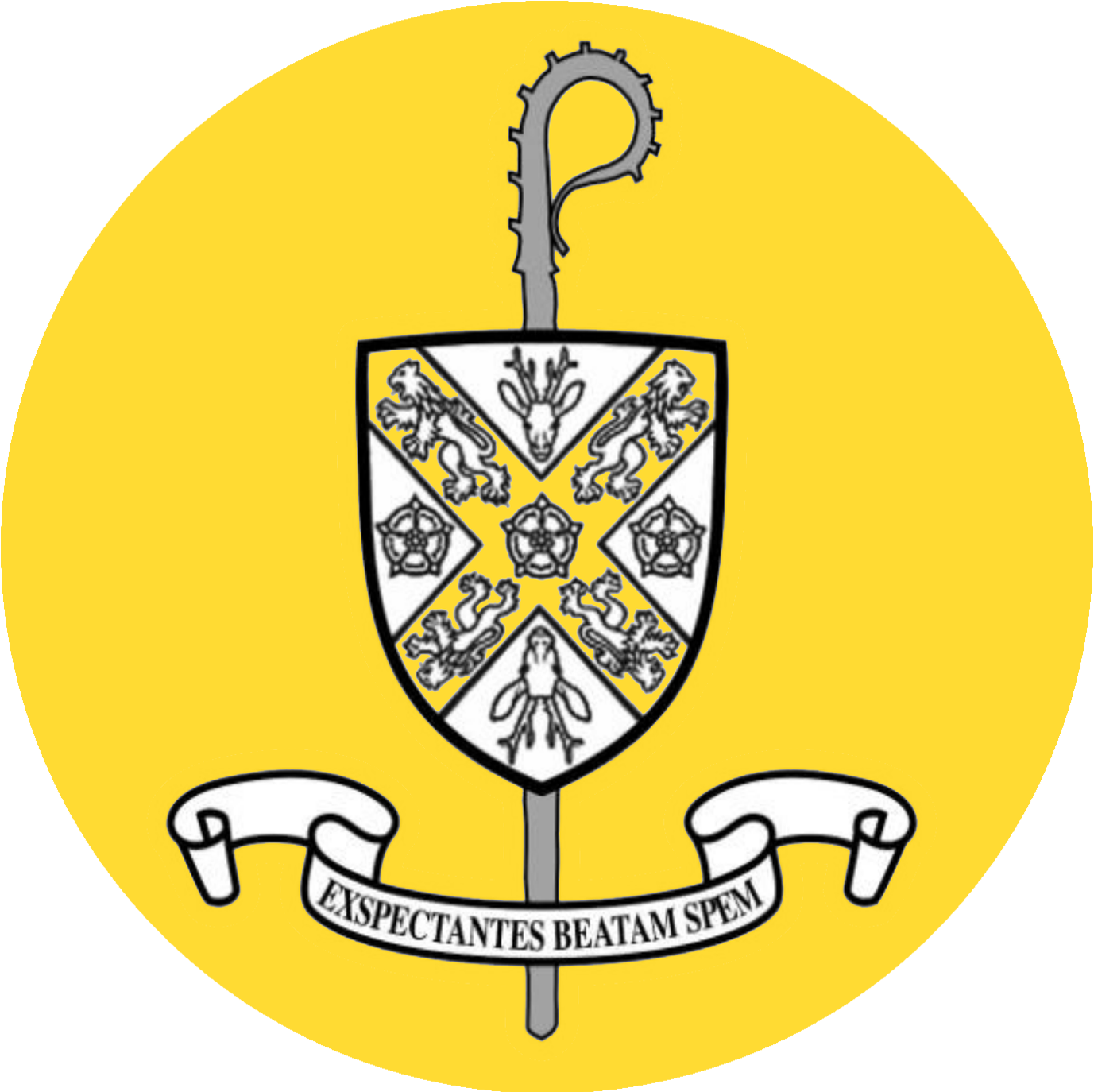I wonder what readers have thought or felt when they go past the high walls of Northallerton Prison, the oldest prison in use in England. In July, the Governor, Norman Griffin, kindly gave me a tour and a great deal of his time to explain many facets of life in the prison. We were soon discussing the benefit of calling the prisoners offenders and the Service is now known as The National Offender Management Service. Precise language does make us regard people as they really are, doesn’t it?
The Prison is for male offenders aged 18-21, most of whom are detained for 10-12 weeks. Norman creates a place of support and care and is trying to reshape lives. The commitment of many of the staff was evident in situations such as when one offender had gone to live in a hostel, rather than back to problem friends and the officer offered to phone the young man to see if he was okay. The young man was amazed that anyone would do that for him. One father came to the gates of the prison a few days after his son had returned home to thank the staff for how much they had helped his son. One offender had been the carer for his severely, mentally-ill mother who died while he was in prison. He was allowed to go to her funeral but had to sit at the back with his escort officer. As he talked later, it was evident that he had not been part of the ceremony and was allowed to visit her grave and, possibly because of his involvement in the prison chaplaincy, he chose Jeremiah 29 for her gravestone. Such sensitivity must be a force in helping young offenders to avoid reoffending.
Because the prison is 220 years old, it is a challenge to create the contemporary style to which we are used in many public buildings. No critics of luxurious prisons had any food for criticism in Northallerton. Everywhere was clean, institutional, simple and adequate. The cells were at the heart of it all, looking exactly as they do in films. Brick walls, toilets in the shared cells, bunk beds, very limited space and the heavy door with the eye-hole. All of the cells faced into the predictable central space, whose three floors were hung with the safety nets. Grim. No-one can want to return.
Since I visited at 10 am, most people were occupied in activities throughout the prison with only the low hum of noise as in any office or school. I mention school because I saw the gym where a handful of offenders were absorbed in basketball and I passed the outside of small classrooms where small groups were accumulating basic qualifications. Sixty per cent have an academic age of less than 11 and most were unemployed.
Norman reminded me that most of the lads want a second chance. Many have come from families where a parent has been in prison and often mothers have rejected them. I was curious to know how any government deals with this deep problem. The Sycamore Tree Programme is used in this prison, which is education based and tries to help offenders consider their crime by working with a group of offenders, asking them to consider why they offended and, often, bringing in victims of other crimes. Usually, this enabled offenders to recognise the consequences of their own actions. This method worked well here with this specific group of prisoners but for other groups, more specific programmes are needed. In Northallerton, the culture is to simultaneously focus on behaviour in custody, enabling many of the offenders to become less defensive. Norman referred to Jeremiah 29. Reflecting later, I felt that the prison did contain some of the ‘plans to prosper you and not to harm you, plans to give you hope and a future’.
The young men are locked in their cells from 8.00 pm to 8.00 am when a tannoy alerts them all to ‘Get ready. Cells unlocked in 10 minutes’. They make their own breakfasts in their cells with kettles and cereal etc, although lunch and dinner are served from a kitchen. An open-air option 8.30 am – 9 am, followed by work and activities. 6 pm – 8 pm is Association Time with pool tables and payphones available. Years ago, I heard some-one on the radio grumbling about how prison was too easy for offenders. The Home Secretary said ‘The main thing is that we take away their freedom’. A sensation that I certainly had with the frequent locking of every door, the intense scrutiny of my identity at exit and entrance and the tiny barred windows.
The challenge for any society and government is huge. It seemed that Northallerton Prison was using the chaplaincy and Alpha course effectively to create some of the atmosphere of being in a family where people help each other. I did visit the Chaplaincy where two ladies were comfortably discussing approaching fundraising events with a lively group of 11 young men. How similar to so many of the thousands of my ex-students they sounded, yet what moments of difficult choices they had dealt with. What makes the difference between the offenders and others? Environments? Conscience? Lack of love? Many of my misconceptions were shredded by my visit and I will be delving into government policy on criminal justice with some new understandings.
Eileen Driver
